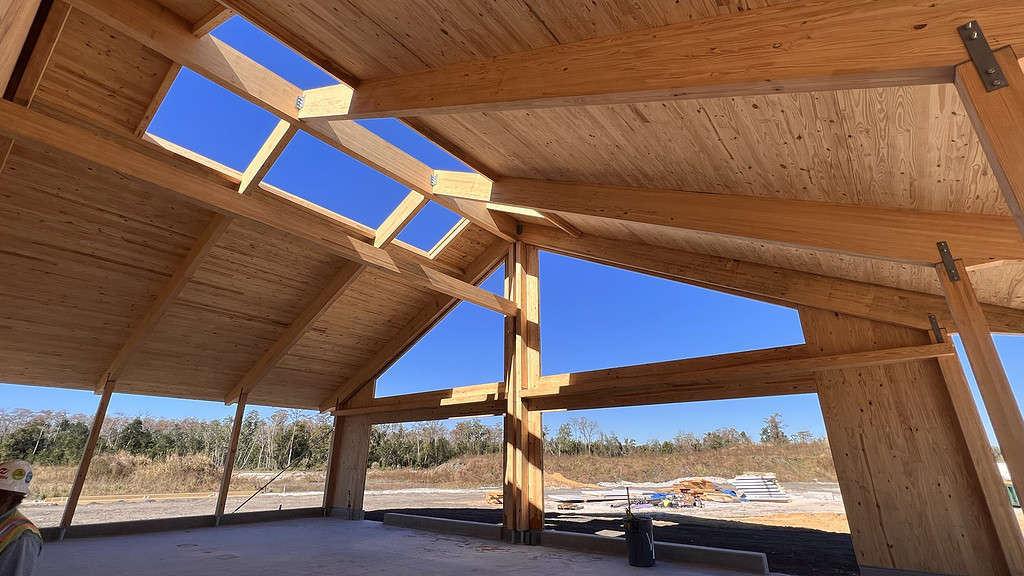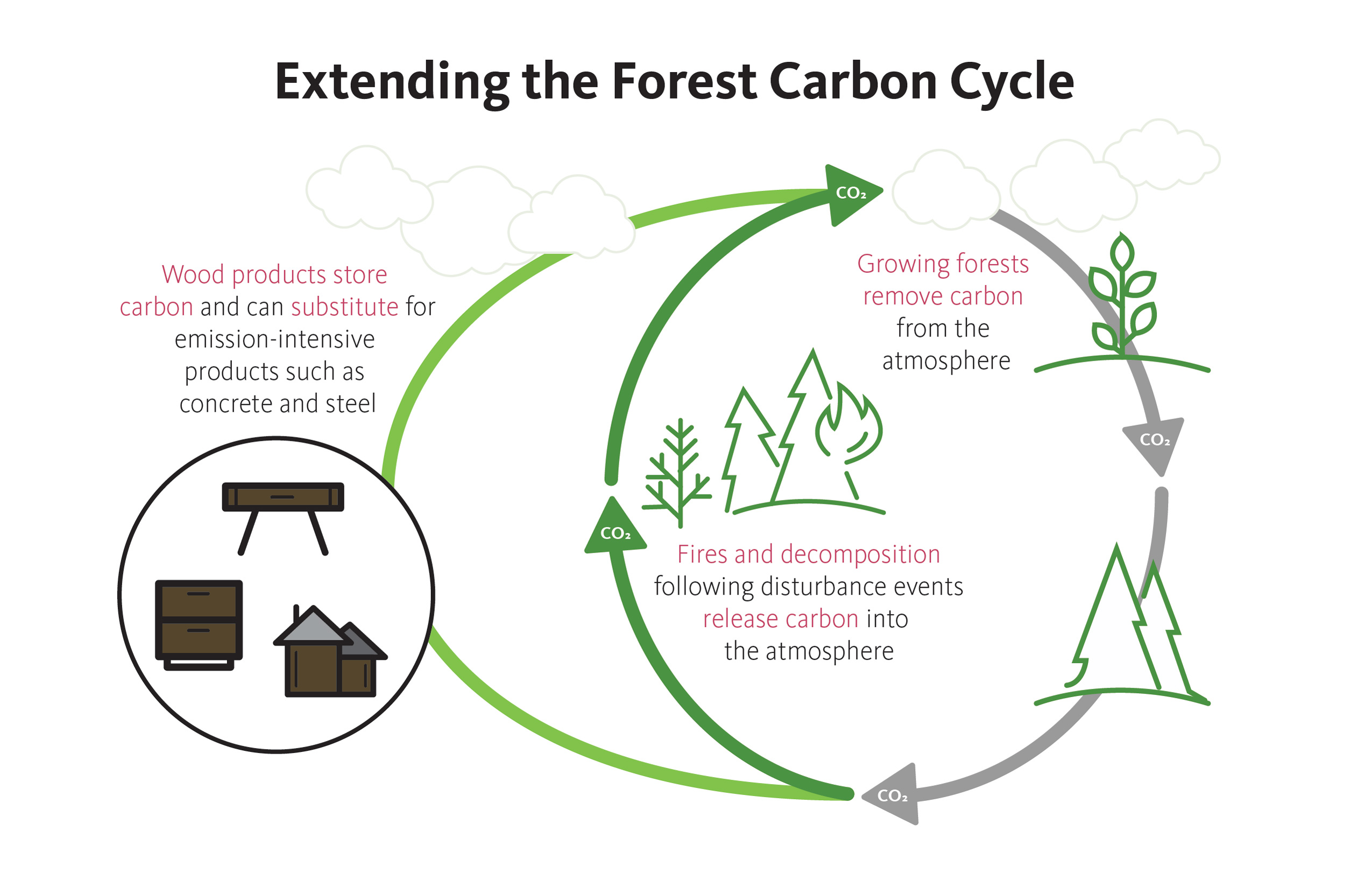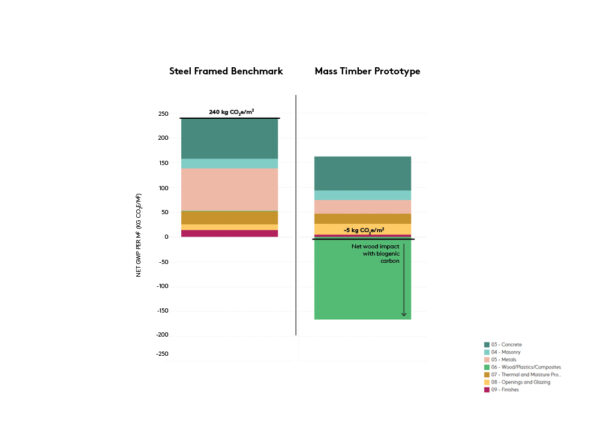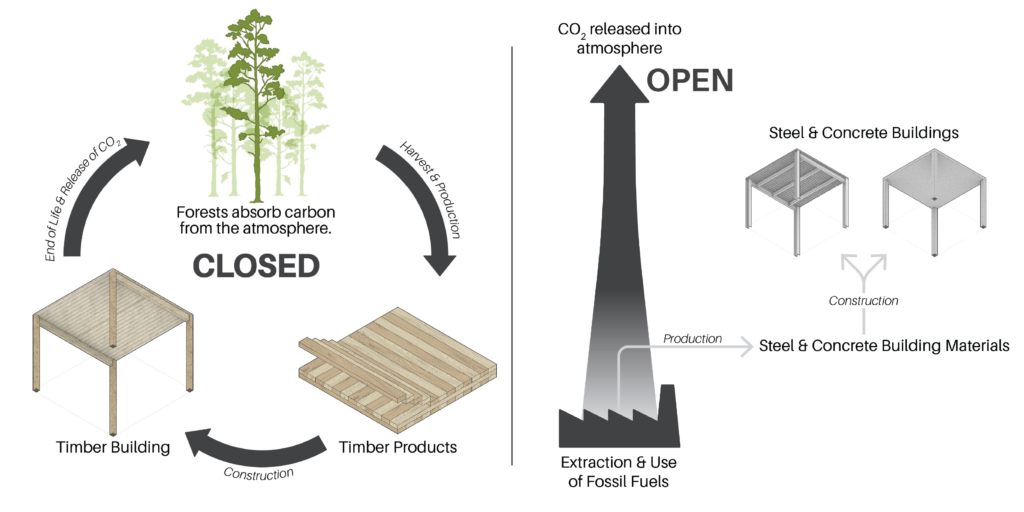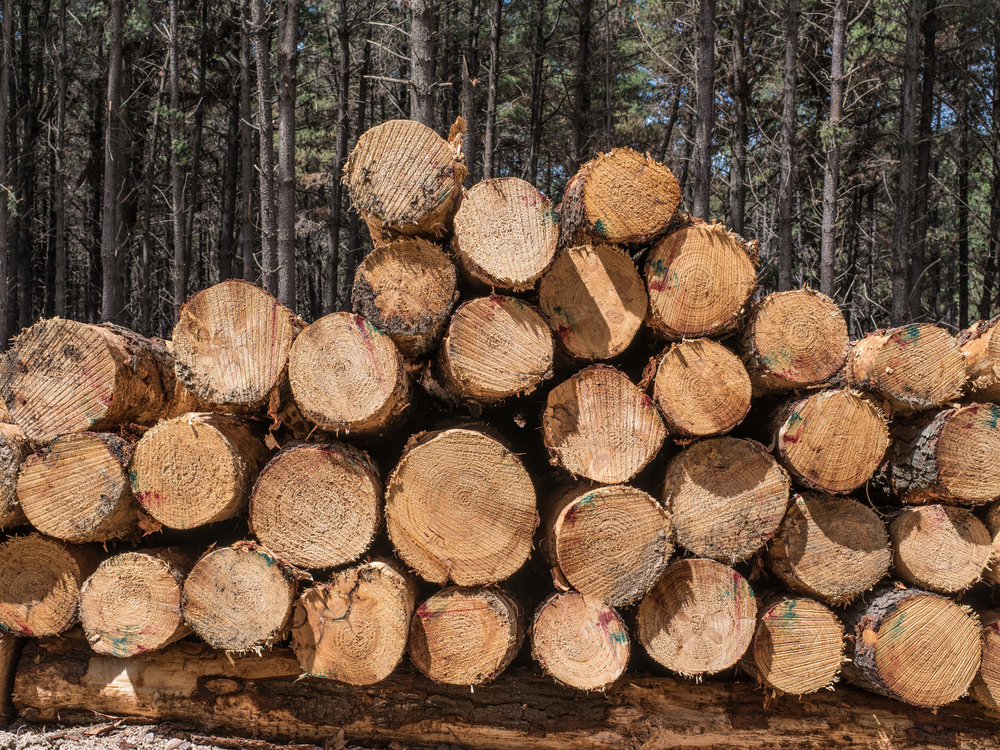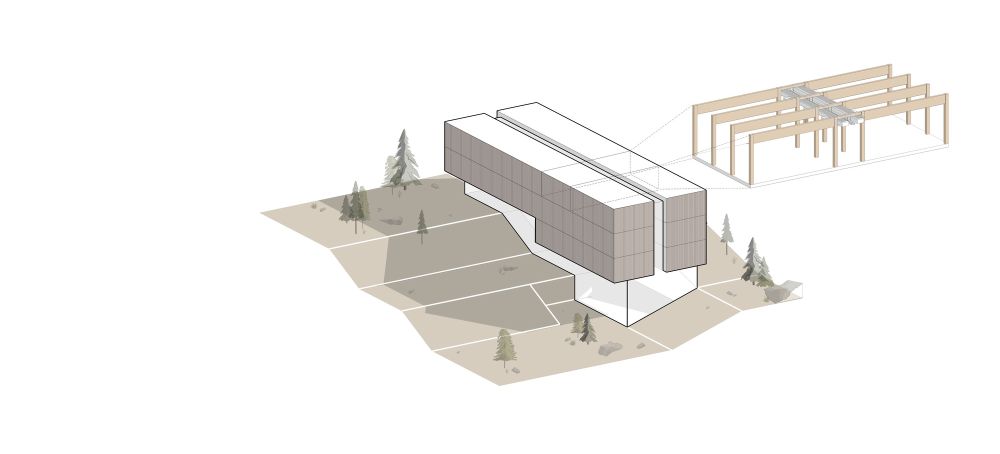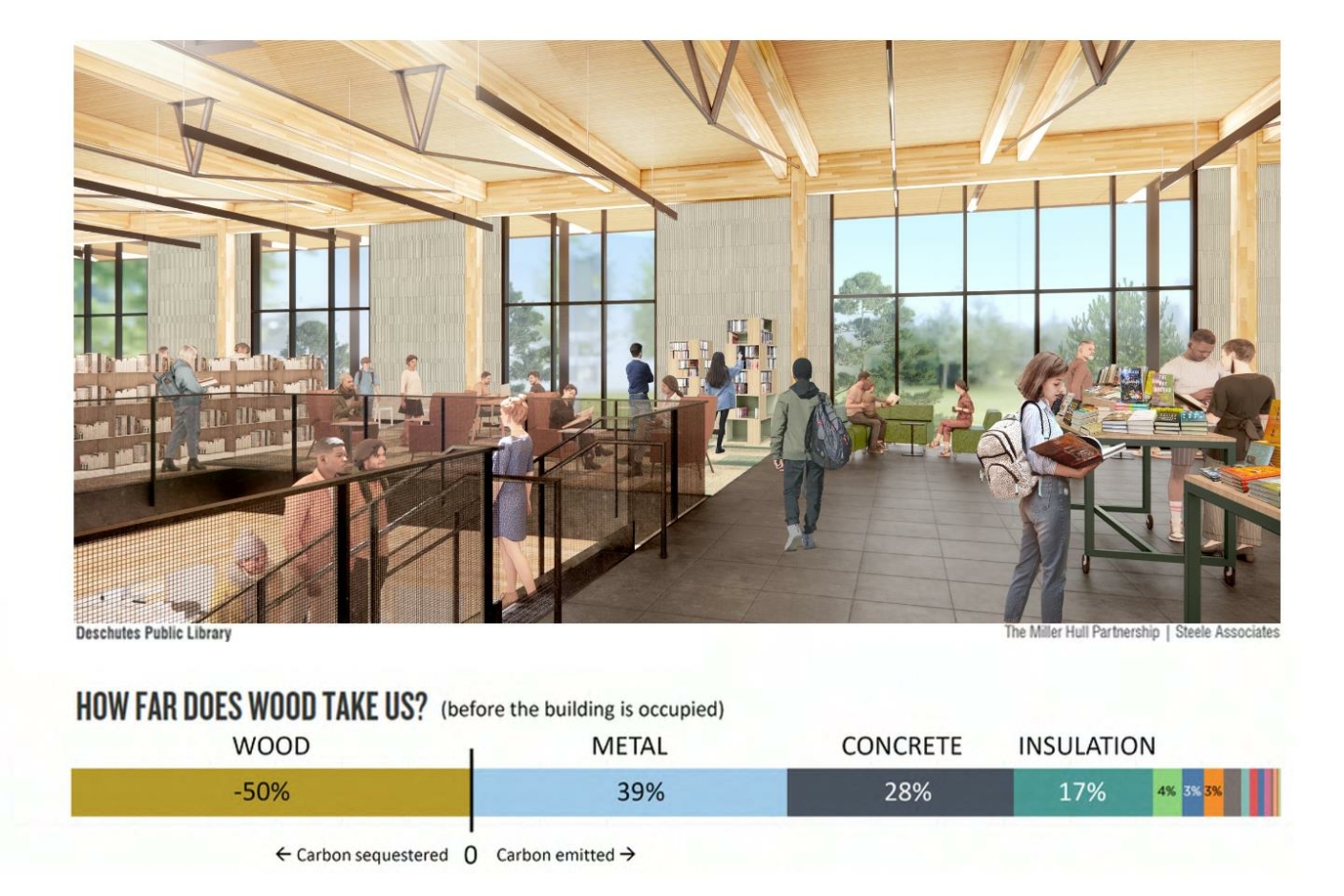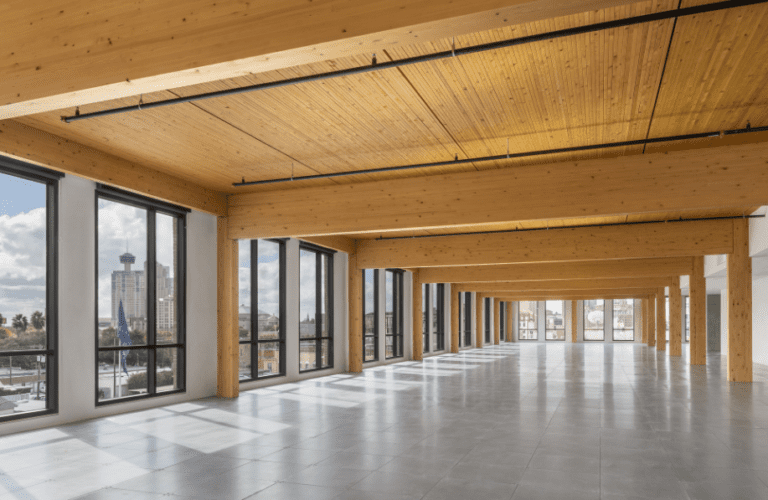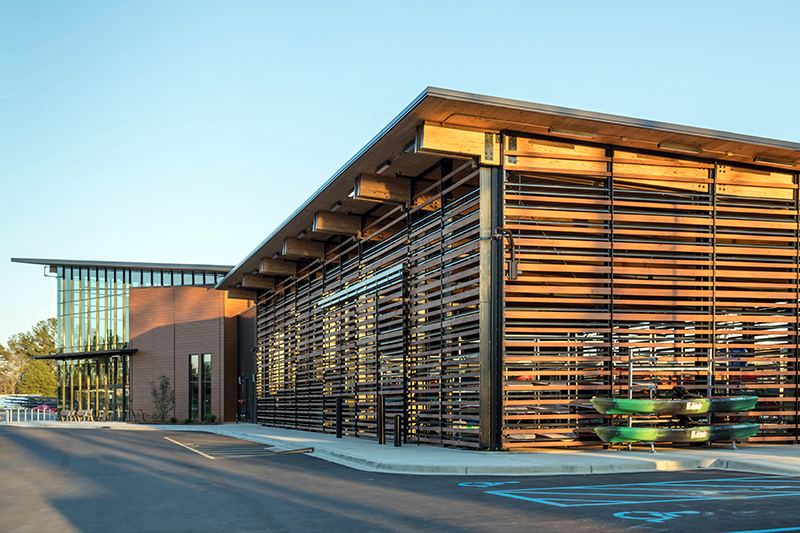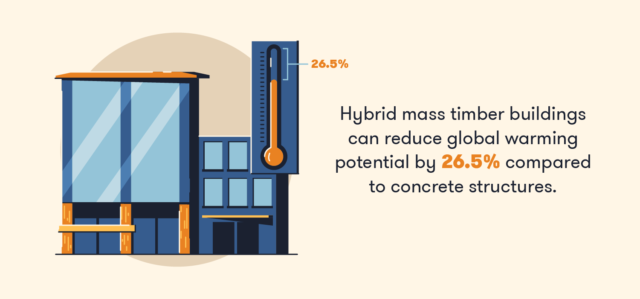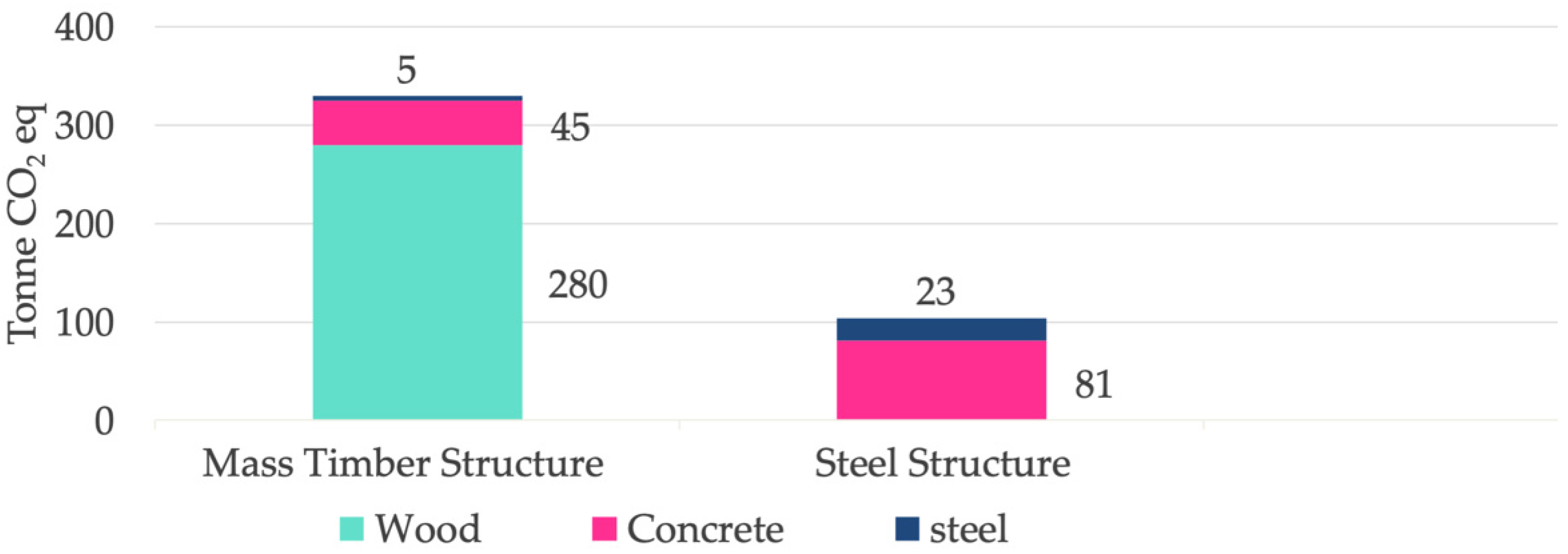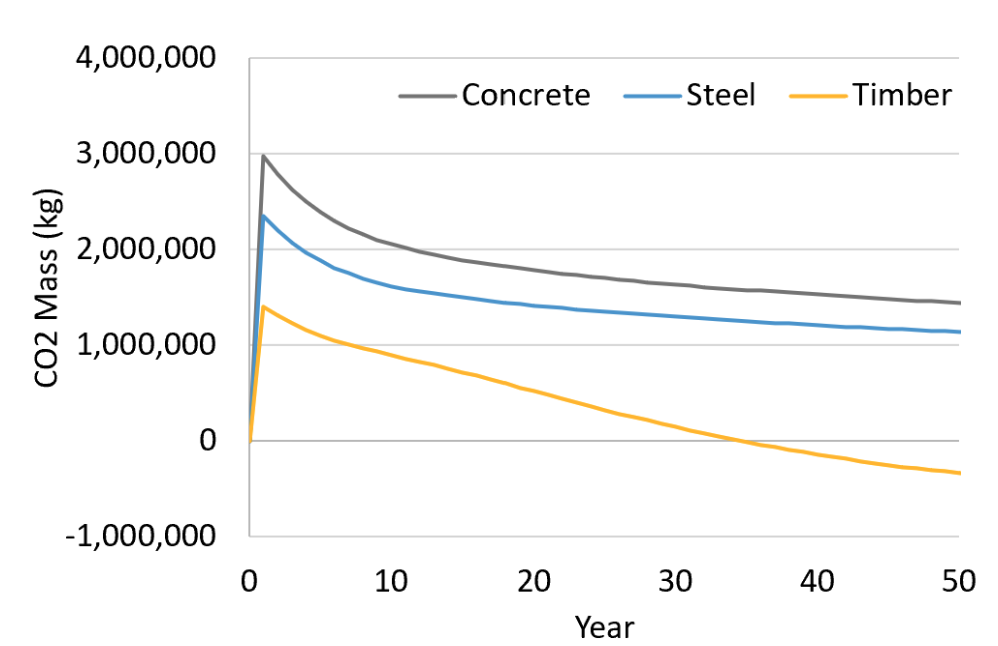Mass Timber Gets Ahead Of Carbon Taxing Trends And Insights
-1734355837.jpg?w=1920&h=1080&fit=cover)
As governments worldwide grapple with escalating climate concerns, the looming specter of carbon taxation is pushing industries to innovate and adapt. Amidst this push, a centuries-old material is staging a remarkable comeback: mass timber. This engineered wood product is not just gaining popularity as a sustainable building alternative but is also positioning itself strategically to thrive in a future defined by carbon pricing.
Mass timber, encompassing products like cross-laminated timber (CLT), glued laminated timber (glulam), and laminated veneer lumber (LVL), presents a compelling solution. Its inherent ability to sequester carbon dioxide during a tree's growth cycle, coupled with its potential to displace carbon-intensive materials like concrete and steel, is turning heads.
The Nut Graf: Mass Timber's Advantage
This article explores how mass timber is proactively getting ahead of carbon taxation trends. By examining its carbon sequestration capabilities, lifecycle assessment advantages, and the evolving regulatory landscape, we will see why the timber industry believes it is on the cusp of a major shift.
We'll analyze data from industry reports, government initiatives, and expert opinions. The article aims to provide a comprehensive understanding of mass timber's potential role in a carbon-constrained future.
Carbon Sequestration: Nature's Carbon Sink
The foundation of mass timber's appeal lies in its carbon sequestration capacity. Trees absorb CO2 from the atmosphere during photosynthesis, storing it within their biomass. When harvested and processed into mass timber, this carbon remains locked within the building material.
According to the Think Wood initiative, a leading resource for mass timber information, a cubic meter of wood stores approximately one tonne of CO2. This contrasts sharply with concrete and steel production, which release significant amounts of CO2.
The Carbon Leadership Forum, a collaborative organization focused on reducing embodied carbon in buildings, emphasizes the importance of considering the entire lifecycle of building materials. This is crucial in fully accessing its advantage.
Lifecycle Assessment (LCA): A Holistic View
Lifecycle Assessment is a critical tool for evaluating the environmental impact of building materials, considering everything from resource extraction to end-of-life disposal. Studies consistently show that mass timber buildings have a significantly lower carbon footprint than their concrete or steel counterparts.
A report by the University of Washington, for instance, compared the LCA of a mid-rise mass timber building to a comparable concrete building. The study found that the mass timber building had a 26.5% lower global warming potential.
These reductions are largely attributed to carbon sequestration, lower manufacturing energy, and reduced transportation emissions. This is a notable difference.
Government Initiatives and Carbon Pricing
Governments worldwide are increasingly implementing carbon pricing mechanisms, such as carbon taxes and cap-and-trade systems, to incentivize emissions reductions. As carbon pricing becomes more widespread, the economic advantages of mass timber will become even more pronounced.
In regions with carbon taxes, using mass timber can result in significant cost savings for developers and builders. The embodied carbon, a key metric, directly affects taxes paid.
British Columbia, Canada, a pioneer in carbon taxation, has seen increased interest in mass timber construction, partly driven by the cost benefits associated with lower embodied carbon. Their progressive policies show the way forward.
Challenges and Considerations
Despite its promise, mass timber faces challenges. Sustainable forest management is crucial to ensure that timber harvesting does not lead to deforestation or habitat loss. Concerns around forest biodiversity must be addressed.
The sourcing of timber is thus, a crucial aspect of mass timber's sustainability. Organizations like the Forest Stewardship Council (FSC) certify responsibly managed forests, providing assurance to consumers and builders.
Furthermore, building codes and regulations need to be updated to fully accommodate mass timber construction. This needs to occur while ensuring structural safety and fire resistance.
The Evolving Regulatory Landscape
Building codes are evolving to embrace mass timber. The International Building Code (IBC), a widely adopted model building code, has been updated to include provisions for mass timber construction, paving the way for broader adoption.
These code changes allow for taller mass timber buildings, expanding the scope of its applications. The U.S. Department of Agriculture (USDA) is actively promoting mass timber research and development, further supporting its growth.
These efforts are helping to overcome regulatory barriers and encourage innovation in the mass timber industry. We're seeing increasingly faster adoption of the technology because of the new legislation.
Industry Perspectives
Industry experts express optimism about the future of mass timber. Jennifer Cover, CEO of WoodWorks, a non-profit organization providing technical support for wood building design, believes mass timber is poised for significant growth.
She emphasizes the importance of education and collaboration to overcome barriers and accelerate adoption. Her organization plays a vital role in helping people access and understand this technology.
However, some voices urge caution, emphasizing the need for thorough lifecycle assessments and responsible sourcing practices. Architects, engineers, and developers all play important roles.
Looking Ahead: A Carbon-Conscious Future
Mass timber is not a silver bullet for climate change. It is a significant step towards a more sustainable built environment, a powerful tool in a broader effort.
As carbon taxation becomes more prevalent, the economic and environmental advantages of mass timber will become increasingly compelling. Innovation and collaboration across the entire value chain will be essential to unlock its full potential.
The future of construction is undeniably shifting toward carbon-conscious solutions, and mass timber is strategically positioned to lead the way. The change is a welcome one.
